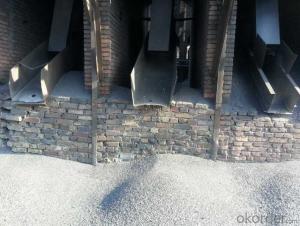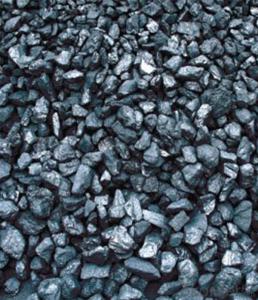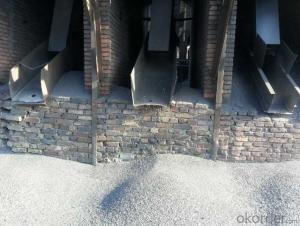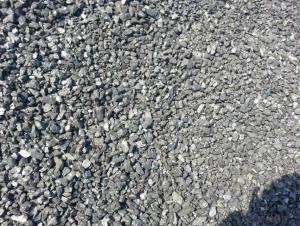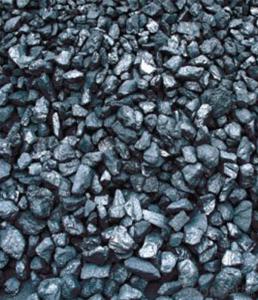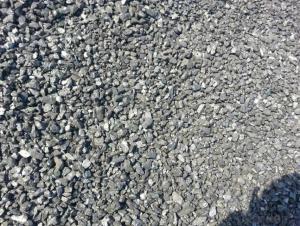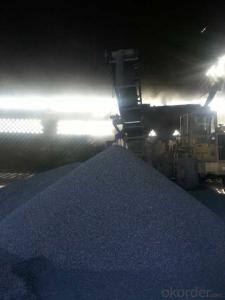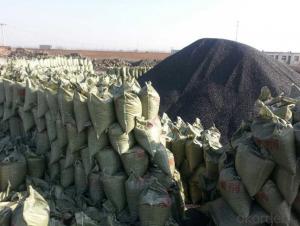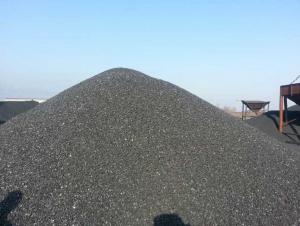FC92 Injection Carbon with good and stable quality
- Loading Port:
- Tianjin
- Payment Terms:
- TT OR LC
- Min Order Qty:
- 20 m.t.
- Supply Capability:
- 3000 m.t./month
OKorder Service Pledge
OKorder Financial Service
You Might Also Like
Packaging & Delivery
25kgs/50kgs/1ton per bag or as buyer's request
Specifications
Calcined Anthracite
Fixed carbon: 90%-95%
S: 0.5% max
Size: 0-3. 3-5.3-15 or as request
Advantage and competitive of caclined anthracite:
1. strong supply capability
2. fast transportation
3. lower and reasonable price for your reference
4.low sulphur, low ash
5.fixed carbon:95% -90%
6..sulphur:lower than 0.3%
It used the high quality anthracite as raw materials through high temperature calcined at over 2000 by the DC electric calciner with results in eliminating the moisture and volatile matter from anthracite efficiently, improving the density and the electric conductivity and strengthening the mechanical strength and anti-oxidation. It has good characteristics with low ash, low resistvity, low sulphur, high carbon and high density. It is the best material for high quality carbon products.
General Specification of Calcined Anthracite:
| FC % | 95 | 94 | 93 | 92 | 90 |
| ASH % | 4 | 5 | 6 | 6.5 | 8.5 |
| V.M. % | 1 | 1 | 1 | 1.5 | 1.5 |
| S % | 0.3 | 0.3 | 0.3 | 0.35 | 0.35 |
| MOISTURE % | 0.5 | 0.5 | 0.5 | 0.5 | 0.5 |
Pictures
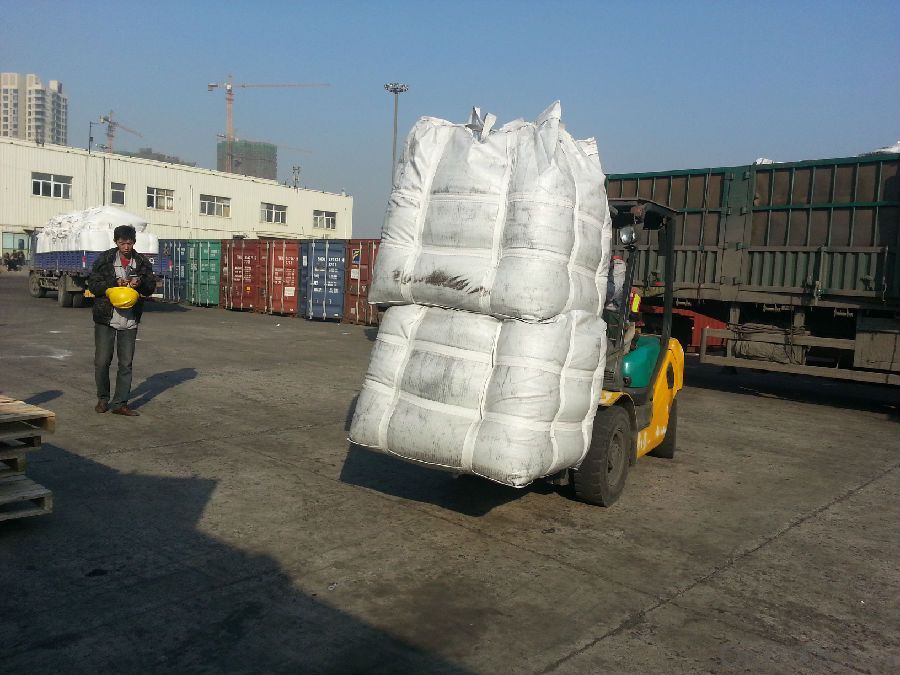

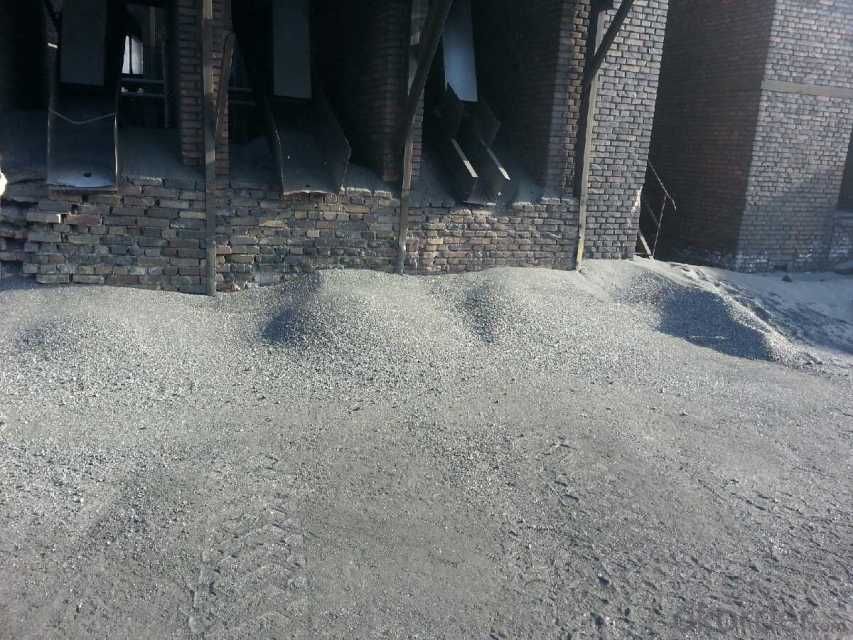
- Q: What are the impacts of carbon emissions on wildlife?
- Carbon emissions have a significant impact on wildlife and their ecosystems. One of the most direct impacts is through climate change caused by the release of greenhouse gases, primarily carbon dioxide, into the atmosphere. As carbon emissions contribute to the warming of the planet, it disrupts the delicate balance of ecosystems and affects biodiversity. One of the major consequences of climate change for wildlife is the alteration of habitats. Rising temperatures can lead to the loss of critical habitats such as coral reefs, mangroves, and polar ice caps, which are home to numerous species. This loss of habitat can result in the displacement or extinction of vulnerable species, disrupting entire food chains and ecological systems. Additionally, climate change can affect the timing and availability of resources for wildlife. Shifts in temperature and precipitation patterns can disrupt the timing of migration, breeding, and hibernation for many species. This can lead to mismatches between the availability of food sources and the needs of wildlife, ultimately impacting their survival and reproduction. Another impact of carbon emissions on wildlife is ocean acidification. When carbon dioxide dissolves in seawater, it forms carbonic acid, which lowers the pH of the oceans. Acidic waters can negatively affect marine organisms, particularly those with calcium carbonate shells or skeletons, such as corals, oysters, and certain types of plankton. This disruption in the marine food chain can have cascading effects on other marine species, including fish, birds, and marine mammals. Furthermore, carbon emissions contribute to air pollution, which can have direct impacts on wildlife. Pollutants such as nitrogen dioxide and sulfur dioxide can harm respiratory systems, impairing the health and reproductive success of animals. This can be particularly detrimental for species living in or near urban areas with high levels of pollution. In conclusion, carbon emissions have far-reaching impacts on wildlife. Climate change caused by carbon emissions disrupts habitats, alters resource availability, and contributes to ocean acidification. These changes can lead to the displacement or extinction of species, disrupt entire ecosystems, and impact the health and survival of wildlife. It is crucial to reduce carbon emissions and implement sustainable practices to mitigate these impacts and conserve biodiversity.
- Q: I heard that 85 of the furnace rock carbon harmony, and the result that I use advanced strengthening machine when I want to give high-grade furnace rock carbon, this how ah?
- You can charge for advanced carbon, without consuming advanced carbon or advanced strengthening1., first of all, point to strengthen the advanced equipment, he will come out of a fortified box, point strengthening, it will come out a small hand, then ignore the reinforcement box, and drag it aside.2. click Kelly again. Point hardening equipment. (note! Not to reinforce advanced equipment.)! That's OK. Then, you have to reinforce your weapon over +10.
- Q: How is carbon used in the production of pharmaceuticals?
- Carbon is used in the production of pharmaceuticals through various processes such as carbonization, activation, and purification. It serves as a crucial component in the synthesis of drugs and plays a significant role in drug formulation, purification, and separation processes. Additionally, carbon-based materials are utilized as drug carriers and adsorbents to enhance drug delivery and optimize the efficiency of pharmaceutical manufacturing.
- Q: What is the carbon emission of the air conditioner?
- Air conditioner using electric energy, itself is not the direct carbon emissions, but due to power consumption, power is not the primary energy, is two times the energy, so the power will come from where it is not decided or no pollution low and zero carbon emissions.Like water power, wind energy and solar energy, clean energy generates electricity without carbon emissions. It is pollution-free and zero carbon emissions. The use of coal raw materials power generation plants have carbon emissions, so air-conditioning carbon emissions is not easy to say, it depends on the specific circumstances analysis and decision.
- Q: What is the chemical symbol for carbon?
- C is the designated chemical symbol for carbon.
- Q: What are the long-term effects of increased carbon emissions on ecosystems?
- Increased carbon emissions have significant long-term effects on ecosystems. One major consequence is the disruption of the Earth's climate system, leading to more frequent and intense extreme weather events such as hurricanes, droughts, and heatwaves. This can result in habitat destruction, loss of biodiversity, and increased vulnerability of species to extinction. Furthermore, elevated carbon dioxide levels in the atmosphere can contribute to ocean acidification, which harms marine ecosystems and disrupts the delicate balance of marine life. Overall, the long-term effects of increased carbon emissions on ecosystems are detrimental and pose a grave threat to the health and stability of our planet's natural systems.
- Q: How is carbon used in the production of paints and pigments?
- Carbon is widely used in the production of paints and pigments due to its unique properties and versatility. One of the primary ways carbon is utilized is through the production of carbon black. Carbon black is a fine powder made from the incomplete combustion of hydrocarbons, such as coal tar, petroleum, or natural gas. It is extensively used as a pigment in various types of paints, inks, and coatings. The dark color of carbon black makes it a popular choice for providing intense black pigmentation in paints and pigments. It is highly stable and resistant to fading, which ensures that the color remains vibrant over time. Additionally, carbon black has excellent opacity, allowing it to cover other colors effectively and create a solid base for further pigmentation. Carbon black also enhances the durability and performance of paints and coatings. It acts as a reinforcing agent, improving the mechanical properties of the final product. It increases the strength, toughness, and resistance to abrasion, making the paint or coating more long-lasting and resistant to wear and tear. Furthermore, carbon black is an electrically conductive material. This property makes it a valuable component in a wide range of specialty coatings, including anti-static coatings and electromagnetic shielding coatings. These coatings are used in various industries, such as electronics, automotive, and aerospace, where electrical conductivity or protection against electromagnetic interference is critical. Apart from carbon black, other forms of carbon, such as graphite and carbon nanotubes, are also used in the production of specialized paints and pigments. Graphite is commonly used in high-performance coatings due to its lubricating properties and resistance to extreme temperatures. Carbon nanotubes, on the other hand, offer unique optical, electrical, and mechanical properties, making them suitable for advanced coatings and pigments in various applications. In summary, carbon plays a crucial role in the production of paints and pigments by providing intense black pigmentation, enhancing durability, and offering unique properties for specialized coatings. Its versatility makes it a valuable ingredient in the paint and pigment industry, ensuring the production of high-quality, long-lasting, and visually appealing products.
- Q: How do humans contribute to carbon emissions?
- Humans contribute to carbon emissions in several ways. One major source of carbon emissions is the burning of fossil fuels for electricity, transportation, and heating. This includes burning coal, oil, and natural gas, which releases carbon dioxide (CO2) into the atmosphere. The use of these fossil fuels is prevalent in our daily lives, from powering our homes and vehicles to manufacturing goods and producing food. Additionally, deforestation, primarily driven by human activities such as agriculture, logging, and urbanization, also contributes to carbon emissions. Trees absorb CO2 and release oxygen, so when they are cut down, the stored carbon is released back into the atmosphere. Moreover, industrial processes, such as cement production and the manufacturing of chemicals, also release substantial amounts of CO2. Lastly, the livestock industry, particularly the production of beef and dairy products, contributes to carbon emissions through methane emissions from livestock and the deforestation associated with expanding grazing areas and growing animal feed. Overall, human activities directly and indirectly contribute to carbon emissions, highlighting the need for collective efforts to mitigate and reduce our impact on the environment.
- Q: What are the advantages of carbon-based fuel cells?
- Carbon-based fuel cells offer several advantages that make them a promising technology for the future. Firstly, they have a higher energy density compared to conventional batteries, meaning they can store and deliver more energy per unit weight. This allows for longer operating times and greater power output, which is particularly beneficial in applications requiring high power density and long-range capabilities, like electric vehicles. Secondly, carbon-based fuel cells boast a faster refueling time than conventional batteries. While it can take hours to recharge a battery, refueling a carbon-based fuel cell can be done in a matter of minutes. This significant advantage reduces refueling downtime and enables more convenient and efficient usage of the technology. Furthermore, carbon-based fuel cells have a lower environmental impact compared to traditional combustion engines. They produce only water and heat as byproducts, making them clean and environmentally friendly. This is in contrast to internal combustion engines that emit harmful pollutants contributing to air pollution and climate change. Another advantage of carbon-based fuel cells is their versatility and compatibility with existing infrastructure. They can easily be integrated into current energy systems, facilitating a smooth transition from fossil fuels to cleaner energy sources. This compatibility makes carbon-based fuel cells a viable option for various applications, from portable electronics to residential power generation. Lastly, carbon-based fuel cells have the potential to contribute to energy independence. As carbon-based fuels can be derived from renewable sources like biomass or waste, they offer a sustainable and domestically sourced energy solution. This reduces dependence on foreign oil and enhances energy security for countries. In conclusion, the benefits of carbon-based fuel cells include higher energy density, faster refueling time, lower environmental impact, compatibility with existing infrastructure, and the potential for energy independence. With these advantages, carbon-based fuel cells have the potential to revolutionize the energy landscape and provide a sustainable and efficient alternative to conventional energy sources.
- Q: There are several allotropes of carbon
- Allotrope of carbon: diamond, graphite, carbon 60 (fullerene), amorphous carbon (charcoal, coke, activated carbon, etc.)
Send your message to us
FC92 Injection Carbon with good and stable quality
- Loading Port:
- Tianjin
- Payment Terms:
- TT OR LC
- Min Order Qty:
- 20 m.t.
- Supply Capability:
- 3000 m.t./month
OKorder Service Pledge
OKorder Financial Service
Similar products
Hot products
Hot Searches
